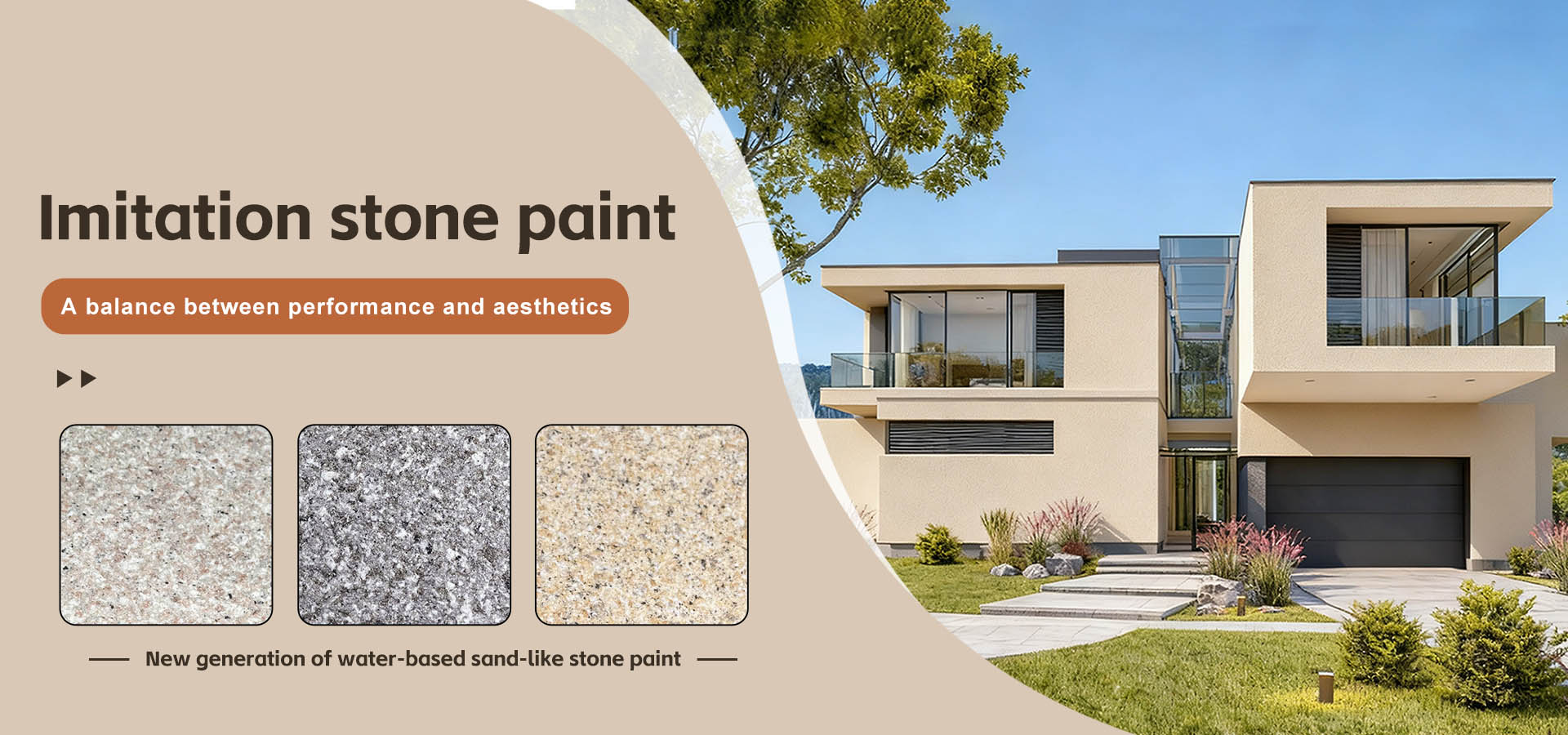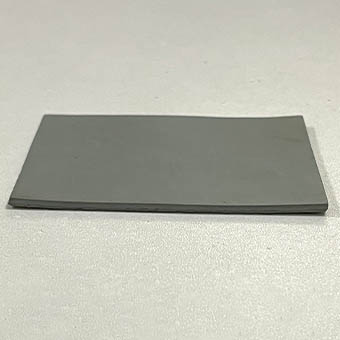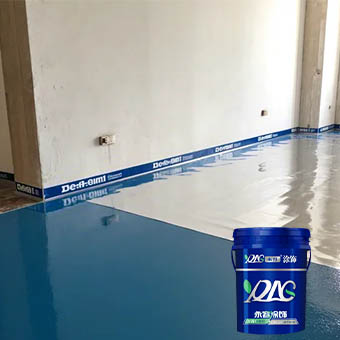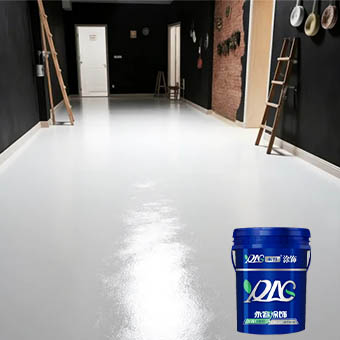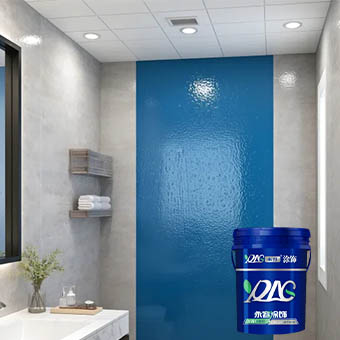Products
New Products
Rubber Waterproof Coating
YR-8804-08
YR-9804-08
Brand:YongRong
Product origin:Guangdong, China
Delivery time:7-10days
Supply capacity:5Tons/day
Send Inquiry
Product Description
Rubber waterproof coatings are one- or two-component liquid waterproofing materials based on synthetic rubber latex (such as styrene-butadiene rubber and chloroprene rubber) or polymer elastomers (such as polyurethane and acrylates) through a special modification process. They cure at room temperature (completely curing in 24-48 hours at 25°C), and some products can be applied at low temperatures (5°C) or in humid environments. They offer tensile strengths of 2-6 MPa and elongations at break of 300%-1000%, and can adapt to minor deformations of the substrate.
Product Parameter
Product Feature
1. Excellent Waterproofing Performance
High Elasticity and Extensibility: The coating boasts an elongation at break of 300%-1000%, resisting leakage caused by expansion and contraction of the base layer and cracking.
Seamless Connection: Spraying or brushing creates a continuous waterproof layer, eliminating water leakage through the membrane's seams and joints.
Self-Healing: Some products (such as high-elastic rubber waterproof coatings) have a self-healing rate of up to 90%, automatically healing after damage, reducing subsequent repairs.
2. Excellent Physical Properties
Weatherproof: Resistant to UV rays and alternating heat and cold, with a service life of 15-30 years (e.g., Fordis brand water-based rubber waterproof coatings offer a service life of up to 30 years).
Impact Resistance: The coating remains crack-free under a 50kg·cm impact force, making it suitable for heavy loads.
Chemical Resistance: Withstands immersion in 10% sulfuric acid and 5% sodium hydroxide solutions for 60 days without any changes, making it suitable for the chemical industry.
3. Environmental Protection and Construction Advantages
Water-based: Non-toxic, odorless, and pollution-free, meeting national environmental standards (e.g., extremely low VOC emissions). Cold application is safe: Cures at room temperature, requires no open flame, has low odor, and is harmless to workers.
Short construction period and high efficiency: Cures quickly, saving time and costs.
4. Wide applicability
Strong substrate compatibility: Bonds to a variety of materials, including concrete, cementitious surfaces, metal, glass, and ceramics.
Complex surface application: Applicable to damp (moisture content <10%) and slightly uneven surfaces, overcoming the limitations of traditional materials.
Versatile applications:
Architectural waterproofing: Roofs, basements, bathrooms, kitchens, balconies, etc.
Infrastructure: Subways, tunnels, bridges, pools, and through-wall pipes.
Industrial applications: Corrosion-resistant waterproofing for chemical plants, sewage treatment plants, and high- and low-temperature pipelines.
5. Economical and easy maintenance
Cost savings: High solids content and high coverage rate. A 1.5mm thick coating requires approximately 1.5-2.1kg/㎡.
Easy local repair: Damaged areas can be repaired directly by painting, eliminating the need for complete renovation. Strong puncture resistance: The special molecular structure determines its excellent puncture resistance, making it suitable for scenarios where sharp objects come into contact.
High Elasticity and Extensibility: The coating boasts an elongation at break of 300%-1000%, resisting leakage caused by expansion and contraction of the base layer and cracking.
Seamless Connection: Spraying or brushing creates a continuous waterproof layer, eliminating water leakage through the membrane's seams and joints.
Self-Healing: Some products (such as high-elastic rubber waterproof coatings) have a self-healing rate of up to 90%, automatically healing after damage, reducing subsequent repairs.
2. Excellent Physical Properties
Weatherproof: Resistant to UV rays and alternating heat and cold, with a service life of 15-30 years (e.g., Fordis brand water-based rubber waterproof coatings offer a service life of up to 30 years).
Impact Resistance: The coating remains crack-free under a 50kg·cm impact force, making it suitable for heavy loads.
Chemical Resistance: Withstands immersion in 10% sulfuric acid and 5% sodium hydroxide solutions for 60 days without any changes, making it suitable for the chemical industry.
3. Environmental Protection and Construction Advantages
Water-based: Non-toxic, odorless, and pollution-free, meeting national environmental standards (e.g., extremely low VOC emissions). Cold application is safe: Cures at room temperature, requires no open flame, has low odor, and is harmless to workers.
Short construction period and high efficiency: Cures quickly, saving time and costs.
4. Wide applicability
Strong substrate compatibility: Bonds to a variety of materials, including concrete, cementitious surfaces, metal, glass, and ceramics.
Complex surface application: Applicable to damp (moisture content <10%) and slightly uneven surfaces, overcoming the limitations of traditional materials.
Versatile applications:
Architectural waterproofing: Roofs, basements, bathrooms, kitchens, balconies, etc.
Infrastructure: Subways, tunnels, bridges, pools, and through-wall pipes.
Industrial applications: Corrosion-resistant waterproofing for chemical plants, sewage treatment plants, and high- and low-temperature pipelines.
5. Economical and easy maintenance
Cost savings: High solids content and high coverage rate. A 1.5mm thick coating requires approximately 1.5-2.1kg/㎡.
Easy local repair: Damaged areas can be repaired directly by painting, eliminating the need for complete renovation. Strong puncture resistance: The special molecular structure determines its excellent puncture resistance, making it suitable for scenarios where sharp objects come into contact.
Product Tag
Send Inquiry
Please Feel free to give your inquiry in the form below. We
will
reply you in 24 hours.
